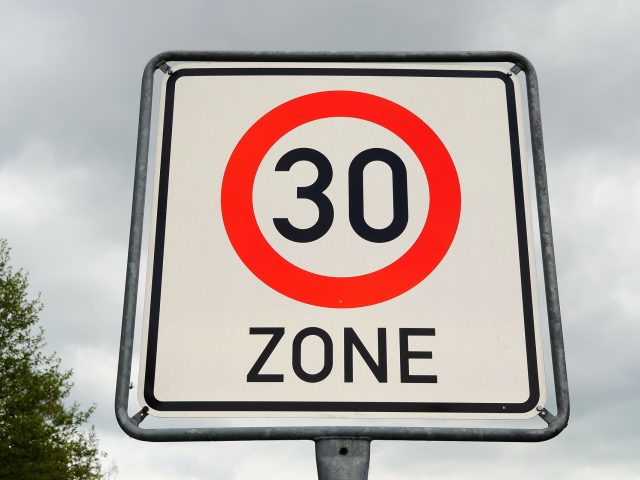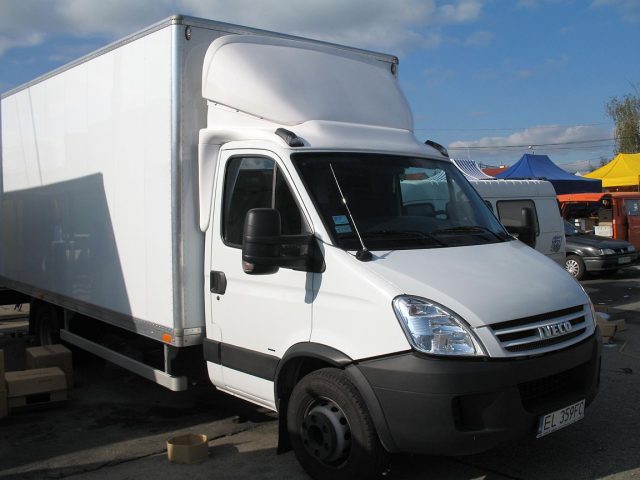Improving the Road Safety of E-scooters (PIN Flash 47)
E-scooters are a relatively new form of mobility. They first arrived in Europe in significant numbers in around 2018.
The vehicle type was legalised in Belgium, France and Germany in 2019 and privately owned e-scooters are now permitted in most European countries, with the UK and the Netherlands notable exceptions.
The increase in usage has led to an increase in road collisions involving e-scooters. It is important to monitor this development to tackle potential risks to both e-scooter riders and other vulnerable road users such as pedestrians.
This report is in three parts. In parts I and II we examine the available crash data for deaths and serious injuries involving ‘motorised micro-mobility devices’ – a category which includes e-scooters but also rarer vehicle types such as self-balancing unicycles and segways.
In part III we look at countermeasures to reduce the risks to e-scooter users and other road users, looking at technical standards for vehicles, road rules, infrastructure and speed limits in urban areas.
This report attempts to share some of the best practices in technical standards and usage requirements from around Europe so national governments can work to improve safety based on evidence from other countries.
We also feature recommendations for the European Union in the hope that work advances urgently on technical standards for e-scooters that can be applied across Europe. We believe that the EU has an important role to play in promoting common standards for e-scooter users, in areas such as the recommended minimum age, helmet requirements and rules on drink-driving, carrying passengers, and pavement riding.








